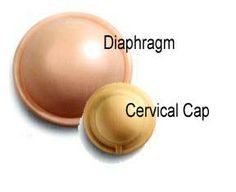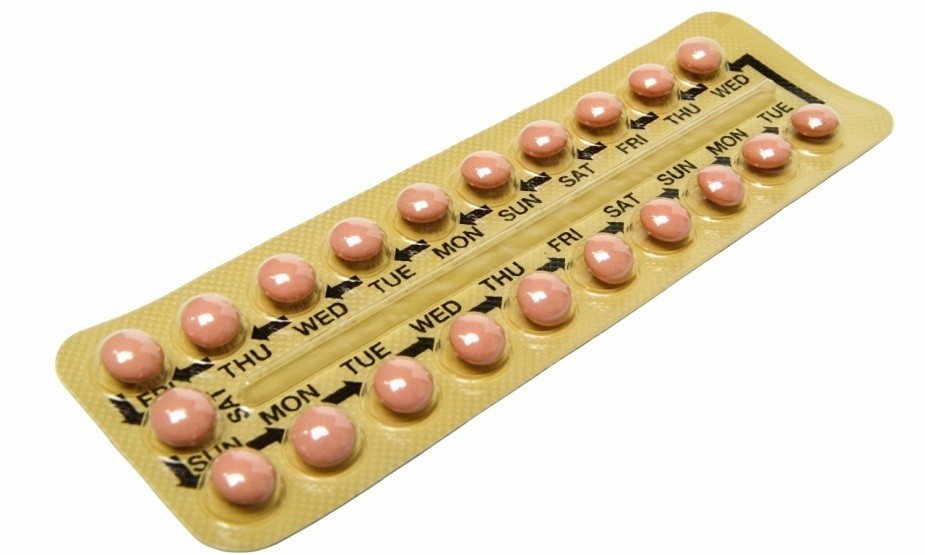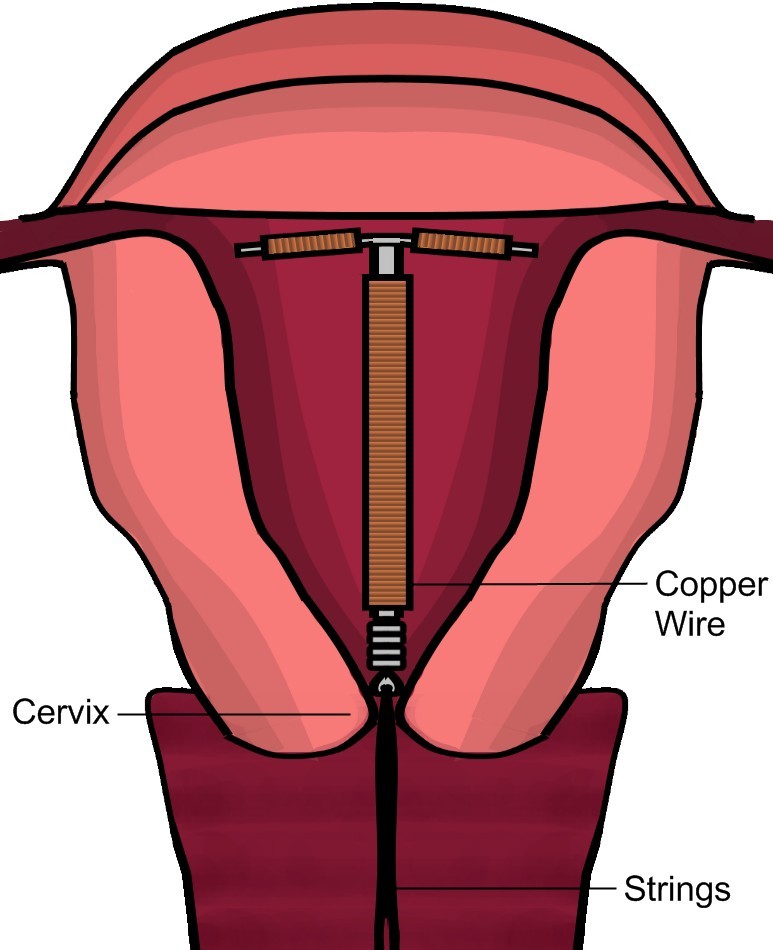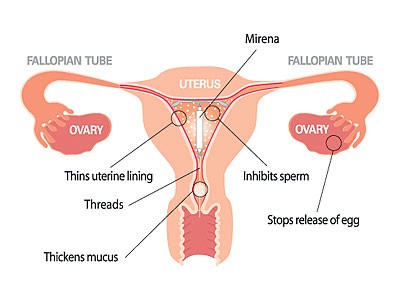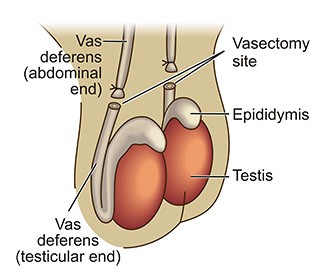Reproductive Health – Population Explosion and Birth Control Measures
Table of Content |
|
|
A population comprises of the considerable number of people of similar species possessing a particular geological zone at a given time. It positions subordinate to species. A species may have a solitary population or numerous populations limited to unmistakable zone. The primary cause of high rate of population explosion is an extending crevice between birth rate and death rate, increased food production and improvement of public health. The developing urban population made numerous issues for urban zones and rural zones.
Population Explosion Effects
In Urban Territories
1. It has prompted to the capacity of sustenance, crude materials and extensive variety of products.
2. It has prompted to contamination and ecological imbalance.
In Rural Territories, the urban developing population has prompted to
1. To diminish in the woodland areas.
2. Left pernicious impact on soil fertility.
Importance of Population Control
The main advantage of population control seems to be the increase in economic stability and better living conditions, while the most common disadvantages are the difficulty in enforcing such a policy and the lack of success because of this according to a report published by the University of Omaha.
Reproductive Health
The term Reproductive Health basically alludes to healthy reproductive organs with typical functions. In any case, it has a more extensive point of view and incorporates the emotional and social parts of proliferation moreover. As per the World Health Organization (WHO), reproductive health implies an aggregate prosperity in all parts of reproduction, For Example: Physical, emotional, behavioral and social. Thusly, a general public with individuals having physically and functionally ordinary reproductive organs and typical emotional and behavioral associations among them in all sex-related viewpoints may be called reproductively healthy. A total viewpoint of human reproductive health is fundamental to individual thriving and not withstanding interpersonal associations.
Youths are dynamic, delicate and inclined to experimentation and hazard taking, accordingly they are the most defenseless population to the extent reprobate conduct and state of mind is concerned. Each choice has its own particular outcome. Any wrong choice can prompt to grievous outcome, which thus can demolish one's life. Sexual alteration is a piece of aggregate identity conformity. Self-regard is the way to sexual development.
Expansive based community and support of various institutions for reproductive health is the key.
Adolescence Reproductive and Sexual Health (ARSH)
-
Points are to be dealt with to disperse the myths and misguided judgment about this imperative perspective with concentrate on:
-
Reducing dangerous conduct
-
Theories which clarify what impacts individuals' sexual decisions and conduct
-
Reinforced message about sexual conduct and hazard diminishment
-
Providing exact data about, the dangers connected with sexual movement, about contraception anti-conception medication, techniques for conceding or avoiding intercourse
-
Dealing with associate and other social weights on youngsters; giving chances to practice correspondence, transaction and attestation aptitudes
-
Uses an assortment of ways to deal with instructing and discovering that include and draw in youngsters and help them to customize the data
-
Uses ways to deal with instructing and realizing which are suitable to youngsters' age, encounter and social foundation
Population Explosion and Birth Control
(a) The rapid increase in human population size over a relatively short period is called human population-explosion.
(b) Population growth rate depends on factors like fertility, natality, mortality, migration, age and sex structure.
(c) Increased health facilities and better living conditions are the cause behind population explosion.
(d) Out of 6 billion world population 1.3 billion populations is of Indians.
(e) Rapid decline in death rate, Maternal Mortality Rate (MMR) and Infant Mortality Rate (IMR) are major cause of population growth.
(f) Growth rate of Indian population is around 1.7 percent.
(g) Most of the urban people are uneducated.
(h) The regulation of conception by preventive methods or devices to limit the number of offsprings is called Birth Control.
(i) A birth control method which deliberately prevents fertilization are referred to as contraception.
(j) Contraceptive methods are preventive methods and are of two types – Temporary and Permanent.
Characteristics of an ideal contraceptive are:
(b) Easily available
(c) Nor or least sideeffects
(d) No way interferes with sexual drive
Types of Birth Control
-
Continuous abstinence
-
Natural family planning/rhythm method
-
Barrier methods
-
Contraceptive sponge
-
Diaphragm, cervical cap, and cervical shield
-
Female condom
-
Male condom
-
-
Hormonal methods
-
Oral contraceptives — combined pill ("The pill")
-
Oral contraceptives — progestin-only pill ("Mini-pill")
-
The Patch
-
Shot / Injection
-
Vaginal Ring
-
-
Implantable devices
-
Implantable Rods
-
Intrauterine Devices
-
-
Permanent birth control methods
-
Sterilization Implant
-
Surgical Sterilization
-
- Emergency contraception
The above mentioned ways are discussed in details as follows:
Continuous abstinence: This implies not engaging in sexual relations at any time (vaginal, oral, or anal). It is the main, beyond any doubt approach to counteract pregnancy and secure against Sexually Transmitted Infections (STIs), including AIDS.
Natural family planning/rhythm method: This strategy is the point at which you don't have intercourse or utilize a barrier technique on the days you are most fruitful (destined to end up getting pregnant). A woman who has a normal menstrual cycle has around at least 9 days every month when she can get pregnant. These prolific days are around 5 days before and 3 days after ovulation, and in addition the day of ovulation.
Barrier methods: Utilize a block, or boundary, to keep sperm from penetrating the egg.
Contraceptive Sponge
This barrier strategy is a delicate, disc- shaped gadget with a loop for taking it out. It is made out of polyurethane (pah-lee-YUR-uh-thayn) froth and contains the spermicide (SPUR-muh-syd) nonoxynol-9. Spermicide kills the sperm.
One and only sort of preventative sponge is sold in the United States. It is known as Today Sponge. Women sensitive to the spermicide nonoxynol-9 ought not to utilize the sponge.
Diaphragm, Cervical Cap, and Cervical Shield
Fig: How to use a diaphragm
These barrier techniques hinder the sperm from entering the cervix (the opening to your womb) and achieving the egg.
-
The diaphragm is a shallow latex container.
-
The cervical cap is a thimble-molded latex glass. It regularly is called by its brand name, FemCap.
-
The cervical shield is a silicone glass that has a one-way valve that creates suction and helps it fit against the cervix. It regularly is called by its brand name, Lea's Shield.
Female Condom
Female Condoms are the barriers worn by the woman inside their vagina. It keeps sperm from getting into their body and fusing with egg. It is made of thin, adaptable, synthetic elastic and is bundled with a lubricant.
Female Condom
Male Condom
Male Condoms are a thin sheath put over a penis in an erect position to keep sperm from entering a woman's body. Condoms can be made of polyurethane, latex, or "regular/lambskin". The regular types do not ensure against STIs or STDs. Condoms are the best option when utilized with a vaginal spermicide, which leads to the sperm killing. Also, you have to utilize a new condom with every sex demonstration.
Hormonal Methods: Pregnancy is prevented by meddling with ovulation, treatment, or potentially implantation of the fertilized egg.
Oral contraceptives — combined pill ("The pill")
The pill contains the hormones estrogen and progesterone. It is taken day by day to keep the ovaries from discharging an egg. The pill additionally causes changes in the coating of the uterus and the cervical bodily fluid to keep the sperm from fusing with the egg.
A few women incline toward the "extended cycle" pills. These have 12 weeks of pills that contain hormones (dynamic) and 1 week of pills that don't contain hormones (dormant). While taking amplified cycle pills, women just have their period three to four times each year.
Contraceptive Pills
The Patch
Likewise called by its brand name, Ortho Evra, this skin patch is worn on the lower abdomen, bottom, external arm, or abdominal area. It discharges the hormones progestin and estrogen into the circulatory system to prevent the ovaries from discharging eggs in to the fallopian tubes. It additionally thickens the cervical bodily fluid, which keeps the sperm from joining with the egg. You put on another patch once every week for 3 weeks. You don't utilize a patch the fourth week to have a period.
Women ought to hold up three weeks after delivery before utilizing conception prevention that contains both estrogen and progestin. These strategies increment the danger of perilous blood clots that could frame in the wake of conceiving an offspring. Women who had a cesarean segment or have other hazard variables for blood clots, for example, history of blood clots, obesity, smoking, or preeclampsia, ought to hold up for six weeks.
Contraceptive patch
Shot / Injection
The contraception shot frequently is called by its brand name Depo-Provera. With this strategy you get infusions, or shots, of the hormone progestin in the rear end or arm at regular intervals. Another sort is infused under the skin. The anti-conception medication shot prevents the ovaries from discharging an egg in numerous women. It additionally causes changes in the cervix that keep the sperm from joining with the egg.
The shot ought not be utilized over 2 years as a part of a line since it can bring about an impermanent loss of bone thickness. The misfortune expands the more extended this strategy is utilized. The bone starts to develop after this technique is ceased. Yet, it might expand the danger of fracture or osteoporosis if utilized for quite a while.
Vaginal Ring
Vaginal Ring
This is a thin, adaptable ring that discharges the hormones progestin and estrogen. It works by preventing the ovaries from discharging eggs. It likewise thickens the cervical bodily fluid, which keeps the sperm from joining the egg.
It is ordinarily called NuvaRing, its brand name. You press the ring between your thumb and pointer and embed it into your vagina. You wear the ring for 3 weeks, take it out for the week that you have your period, and afterward put in another ring.
Women ought to hold up three weeks after delivery before utilizing conception prevention that contains both estrogen and progestin. These strategies increment the danger of perilous blood clots that could frame in the wake of conceiving an offspring. Women who had a cesarean segment or have other hazard variables for blood clots, for example, history of blood clusters, obesity, smoking, or preeclampsia, ought to hold up for six weeks.
Implantable Devices: Devices embedded into the body and left set up for a couple of years.
Implantable Rod
This is a matchstick-measure, adaptable rod that is put under the upper arm skin. It is regularly called by its brand name, Implanon. The rod discharges a progestin, which causes changes in the coating of the uterus and the cervical bodily fluid to keep the sperm away from penetrating an egg. Less frequently, it prevents the ovaries from discharging eggs. It is powerful for up to three years.
Implanon Diagram
Intrauterine Devices or IUDs
An IUD is a little device molded like a "T" that goes in your uterus. There are two sorts:
-
Copper IUD — The copper IUD passes by the brand name ParaGard. It discharges a little measure of copper into the uterus, which keeps the sperm from coming to and fusing with the egg. On the off chance that fertilization occurs, the IUD keeps the egg from embedding in the coating of the uterus. A specialist needs to put in your copper IUD. It can remain in your uterus for five to ten years.
Copper IUD
-
Hormonal IUD — the hormonal IUD passes by the brand name Mirena. It is often called an intrauterine system, or IUS. It discharges progestin into the uterus, which keeps the ovaries from discharging an egg and causes the cervical bodily fluid to thicken so sperm cannot reach out for the egg. It additionally influences the capacity of a fertilized egg to effectively embed in the uterus. A specialist needs to put in a hormonal IUD. It can remain in your uterus for up to five years.
Mirena IUD
Permanent Birth Control Methods: For individuals who are certain they never need to have a youngster or they don't need more kids.
Sterilization Implant (Essure)
Essure is the main non-surgical strategy for disinfecting ladies. A thin tube is utilized to string a minor spring-like gadget through the vagina and uterus into each fallopian tube. The gadget works by bringing about scar tissue to conform or wrap around to the coil. This hinders the fallopian tubes and prevents the egg and sperm from joining.
It can take around three months for the scar tissue to develop, so it's imperative to utilize another type of contraception amid this time. At that point you will need to come back to your specialist for a test to check whether scar tissue has completely hindered your tubes.
Essure
Surgical Sterilization
In women, surgical disinfection shuts the fallopian tubes by being cut, tied, or fixed. This prevents the eggs from being fertilized by preventing them going down to the uterus. The surgery should be possible in various ways. Once in a while, a woman having cesarean birth has the technique done in the meantime, in order to abstain from having extra surgery later.
Tubectomy
For men, having a vasectomy (vuh-SEK-tuh-mee) keeps sperm from heading off to his penis, so his discharge never has any sperm in it. Sperm remains in the framework after surgery for around 3 months. Amid that time, utilize a reinforcement type of anti-conception medication to counteract pregnancy. A basic test should be possible to check if all the sperm is gone; it is known as a semen investigation.
Vasectomy
Emergency contraception: Utilized if a woman's essential strategy for anti-conception medication fizzles. It ought not to be utilized as a customary technique for contraception.
Emergency contraception can be taken as a solitary pill treatment or in two dosages. A solitary measurement treatment acts and in addition two dosages and does not have more reactions. It works by preventing the ovaries from discharging an egg or keeping the sperm from joining with the egg.
A solitary pill measurement or two-pill dosage of emergency contraception is accessible over-the-counter (OTC) for women ages seventeen and older.
Frequently Asked Questions (FAQs)
Q1. What is population control?
Sol. Population control implies decreasing the human population of the earth, for different species or to advance political or ideological objectives. Population control depends on pseudoscience and not well established monetary presumptions.
Q2. When was the first contraceptive invented?
Sol. Gregory Pincus and John Rock with assistance from the Planned Parenthood Federation of America built up the main anti-conception medication pills in the 1950s, for example, mestranol/norethynodrel, which turned out to be openly accessible in the 1960s.
Q3. Who discovered birth control pills?
Sol. Gregory Pincus and John Rock with assistance from the Planned Parenthood Federation of America built up the main anti-conception medication pills in the 1950s, for example, mestranol/norethynodrel, which turned out to be openly accessible in the 1960s.
Q4. What is fertility control?
Sol. Anti-conception medication, otherwise called fertility and contraception control, is a technique or gadget used to counteract pregnancy.
Watch this Video for more reference
View courses by askIITians


Design classes One-on-One in your own way with Top IITians/Medical Professionals
Click Here Know More

Complete Self Study Package designed by Industry Leading Experts
Click Here Know More

Live 1-1 coding classes to unleash the Creator in your Child
Click Here Know More

a Complete All-in-One Study package Fully Loaded inside a Tablet!
Click Here Know MoreAsk a Doubt
Get your questions answered by the expert for free

